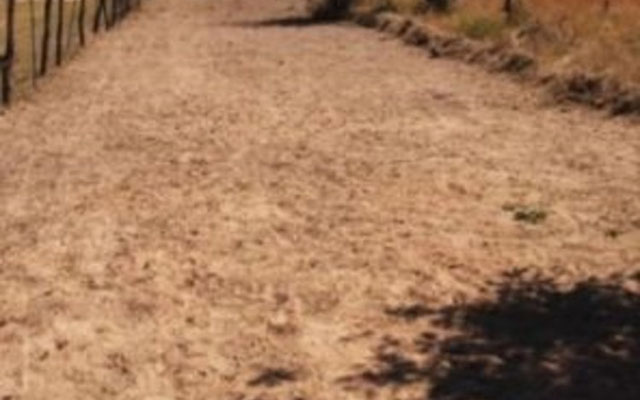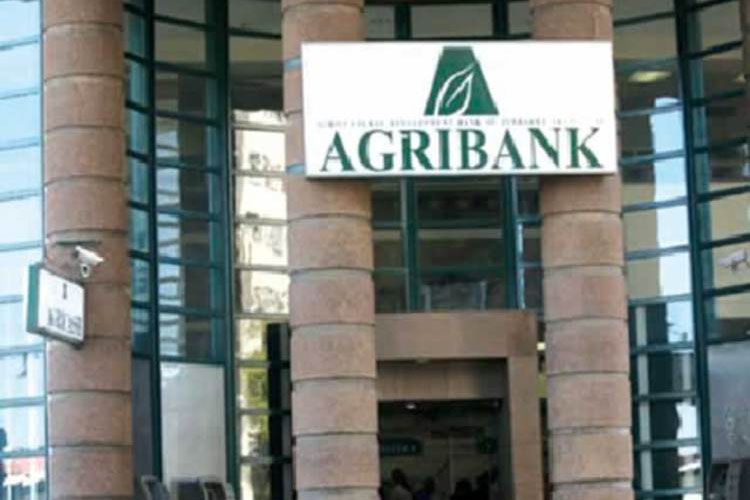Fireguard construction: Frequently asked questions

At least 110 people have been killed and property worth millions of dollars destroyed by veld fires throughout the country from 2005 to date.
Veld fires have destroy buildings, farm equipment, crops, veldts, wildlife and livestock. According to studies carried out by the environmental management Agency, most of the causes of veld fires are human induced, hence can be avoided.
Veld fires can also be controlled by the construction of standard fireguards on both sides of a boundary lane of the property to be protected.
What is a fireguard?
It is a belt of land that is cleared of all inflammable material in order to control the spread of veld fires.
What is a standard fireguard?
A standard fireguard is one which measures at least 9metres wide on either side of a boundary line/fence.
It then follows that between two properties, the fireguard becomes at least 18metres wide. Internal fireguards of at least 4, 5 metres should be constructed in addition to the existing pathways and roads to ensure extra- protection of properties and other valuables. The width of the fireguards should be increased if the area is surrounded by tall grass.
When are they constructed?
Fireguards should be constructed before the end of June every year.
Where are they constructed?
Fireguards should be constructed around homes, farms, paddocks, woodlots, orchards, nurseries croplands and boundary fences.
Methods of constructing fireguards
There are various methods which can be used to construct fireguards. The choice of any one technique over the other is dependent upon such variables like labour costs, availability of farm machinery, skills and knowledge. They include:
Use of a tractor or ox-drawn plough
The tractor and ox-drawn plough is used to clear off vegetation in the 9m wide strip if resources permit. In the event that resources are limited, the tractor/plough can clear vegetation within 2m wide on each side of the 9m wide strip then the remaining vegetation can be burnt. However, the use of fire during fireguard construction is greatly discouraged as it can spread and destroy veldts.
The hoeing and mowing methods can also be used to clear the vegetation on the 9m strip. Mowing can be done in areas of sparse vegetation and low rates of wind whereby slashers or sickles can be used to cut off grass and no burning is done.
Controlled burning is considered costless and time effective but it is the least encouraged the fire can get out of hand.
Controlled burning may be done early in the morning before dew evaporates from the grass. If this method is used, weather conditions should be conducive as advised by the Meteorological Services Department (MSD), avoid windy days. Firefighting equipment such as fire beaters, water filled knapsack sprayers and bowsers should always be ready.
NB. Prior notifications should be done 24 hours before the exercise commences and it is a legal requirement that the ZRP, EMA and the Forestry Commission should be notified 6weeks prior to the exercise. Likewise, fire traces should be constructed first before the controlled burning is undertaken. These are narrow strips cleared on either side of fireguard to facilitate burning.
What does the law say?
The Environmental Management Act (Chapter 20:27) as read with Section 15 (4) of Statutory Instrument No. 7 of 2007 (EIA and Ecosystems Protection Regulations) makes it mandatory to put in place standard fireguards as anti-veld fire pre-suppression measures.











Comments